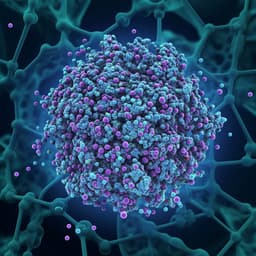
Veterinary Science
Effect of welfare standards and biosecurity practices on antimicrobial use in beef cattle
A. Diana, V. Lorenzi, et al.
This study by Alessia Diana and colleagues uncovers a significant link between higher welfare standards and reduced antimicrobial use in beef cattle. The findings highlight the critical role of animal welfare in enhancing antimicrobial stewardship, shedding light on areas where biosecurity and emergency management can improve.
Playback language: English
Related Publications
Explore these studies to deepen your understanding of the subject.







